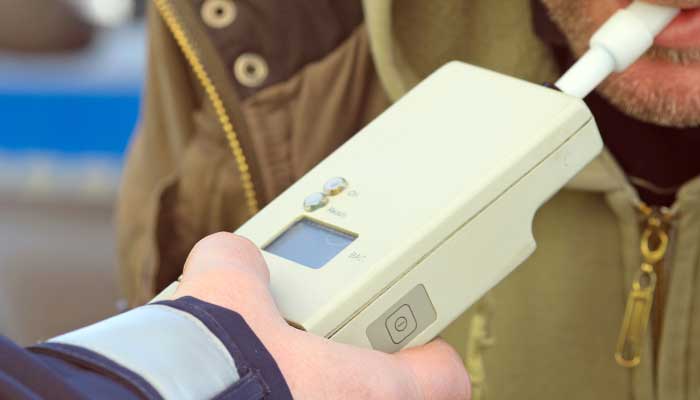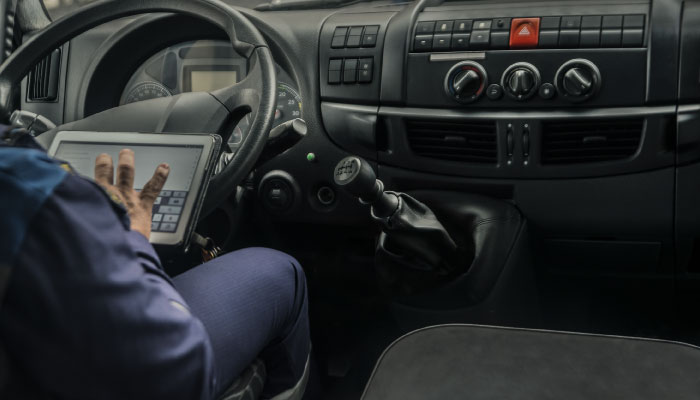Recognizing the need for an alcohol and drug free transportation industry, the United States Congress passed the Omnibus Transportation Employee Testing Act in 1991. This act requires DOT agencies to enforce testing of drug and alcohol for safety-sensitive transportation employees. Every DOT Agency specific regulation spells out who is subject to testing, in what scenarios, and when for a specific transportation industry.
The Federal Motor Carrier Safety Administration (FMCSA) and its predecessor agencies have defined drug an d alcohol testing rules and regulations for employees driving commercial buses and trucks that require a commercial driver’s license (CDL) since the early 1990s. These regulations were set to find who needed to be tested, when the testing should be done, and in what scenario the testing must be done. The regulations also enforce privacy restrictions and protections on service agents and employers against the release and use of sensitive information regarding drug and alcohol testing. You can find the FMCSA controlled alcohol and substance testing and use regulations at 49 CFR Part 382.
d alcohol testing rules and regulations for employees driving commercial buses and trucks that require a commercial driver’s license (CDL) since the early 1990s. These regulations were set to find who needed to be tested, when the testing should be done, and in what scenario the testing must be done. The regulations also enforce privacy restrictions and protections on service agents and employers against the release and use of sensitive information regarding drug and alcohol testing. You can find the FMCSA controlled alcohol and substance testing and use regulations at 49 CFR Part 382.
If an employer fails to comply with federal testing regulations and makes errors in doing so, it may attract penalties and fines issued by the FMCSA. During the FMCSA audits each year, numerous motor carriers have been cited.
Here are the four common errors that should be avoided while complying with Drug and Alcohol Testing mandates –
Pre-Employment Tests
One of the top citation that is found every year is the using of driver prior to receiving the DOT pre-employment drug screening results. This violation happens if the concerned driver was utilized in a safety-sensitive function prior to the receipt of the verified result of if the test was not conducted or was performed after the fact. If a driver has been withdrawn from a DOT testing program for more than 30 days, a test is needed and should be marked as “pre-employment” even if the driver was employed during the absence.
Ignoring Drug and Alcohol Violations
Having the services of an employee who has been tested positive for drugs during DOT’s mandatory tests is also one of the leading violations that top the FMCSA list. A violation done by an employee remains a violation. It does not matter whether it has occurred under the present employer or whether it occurred under a previous employer. An employer cannot choose to ignore those violations as it follows the concerned driver through the course of his/her career till the DOT return-to-duty process (SAP program) is finished.
Records Retention
There is a difference between claiming compliance and proving it. In order to prove your compliance, documentation plays a very crucial role. You should make sure that forms are kept in accordance with §40.333 and §382.401. Also, you need to make sure that all your documents and records are treated in a confidential manner and put in a place with decent or good security measures with controlled access.
Notifying the Drivers on Testing Requirements
There is a rumor that is often quoted by supervisors and drivers that a driver has an hour or two to be present for any random test once notified; however, it is far from truth. In order to accommodate the element of surprise, the driver should not doubt whether he/she has been selected and must immediately proceed towards the collection site after the notification.
To get more detailed and in-depth knowledge on how to enhance your understanding of the rules and regulations regarding Reasonable Suspicion Drug and Alcohol testing, join this webinar by expert speaker Mark Dixon and get a better view of your exact duties and responsibilities to avoid any adverse consequences caused by negligence.




